1. Virginia Slims “You’ve Come a Long Way, Baby”

Cigarette companies knew how to tap into cultural movements, and in the ’70s, Virginia Slims took full advantage of women’s liberation. Their tagline, “You’ve Come a Long Way, Baby,” tried to connect smoking with independence and empowerment. Looking back, it feels manipulative, as if lighting up was some kind of feminist victory. Today, pairing cigarettes with social progress would be seen as incredibly irresponsible.
The ads showed glamorous women with chic outfits and confident stares, making smoking look fashionable and modern. At the time, many people didn’t question it, but now we know how damaging this kind of advertising was. Cigarette ads are banned altogether today, and an ad equating equality with smoking would cause outrage. It’s a perfect example of how tone-deaf marketing could be in the ’70s.
2. Coca-Cola “It’s the Real Thing” Commercials

Coca-Cola’s famous 1971 “Hilltop” ad is beloved for its jingle, but many of the company’s other ads from the decade wouldn’t hold up today. The messaging sometimes implied that buying a Coke could fix global issues, which feels cringey in hindsight. Suggesting that a sugary soda equals world peace would get mocked endlessly on social media now.
What also makes some of those ads questionable is how they leaned on stereotypes to sell a product. While the big anthem ad came across as unifying, other campaigns showed people of different backgrounds in ways that feel reductive now. It’s one thing to share a Coke, but it’s another to pretend a beverage is the answer to social struggles. Today’s audiences would call that out in an instant.
3. Schlitz Beer “Gusto” Campaign

Beer ads in the ’70s often leaned on macho imagery, and Schlitz was one of the biggest offenders. Their “Go for the Gusto” campaign basically suggested that “real men” drank Schlitz and anything else was weak. The underlying message was that masculinity was tied directly to your choice of beer.
This type of ad would be banned today for promoting toxic masculinity and irresponsible drinking culture. It encouraged people to tie self-worth to alcohol, which is something modern advertising standards would not allow. Looking back, it’s wild how common these kinds of ads were, and how normalized they became.
4. Bayer Heroin for Children (Still Circulated in the ’70s)
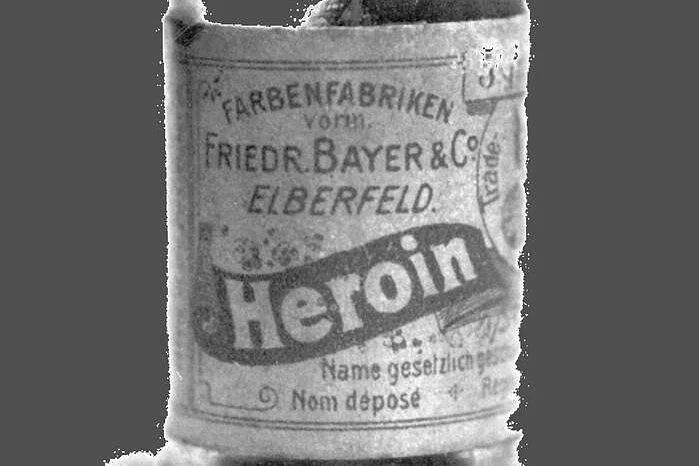
Yes, it’s shocking, but even though Bayer stopped producing heroin in the early 20th century, ads for it were still being reprinted in some publications into the ’70s as “retro” medical nostalgia. They touted it as a safe cough suppressant for kids, which today sounds terrifying. By the ’70s, most people knew better, but seeing those old ads around would still raise eyebrows.
Modern standards would never allow a pharmaceutical company to promote narcotics for children in any way. It’s disturbing to think that at one point, heroin was marketed as harmless. Even the mere circulation of those ads as “medical history” would be viewed as irresponsible today.
5. Folgers Coffee “Sexist Husband” Commercials
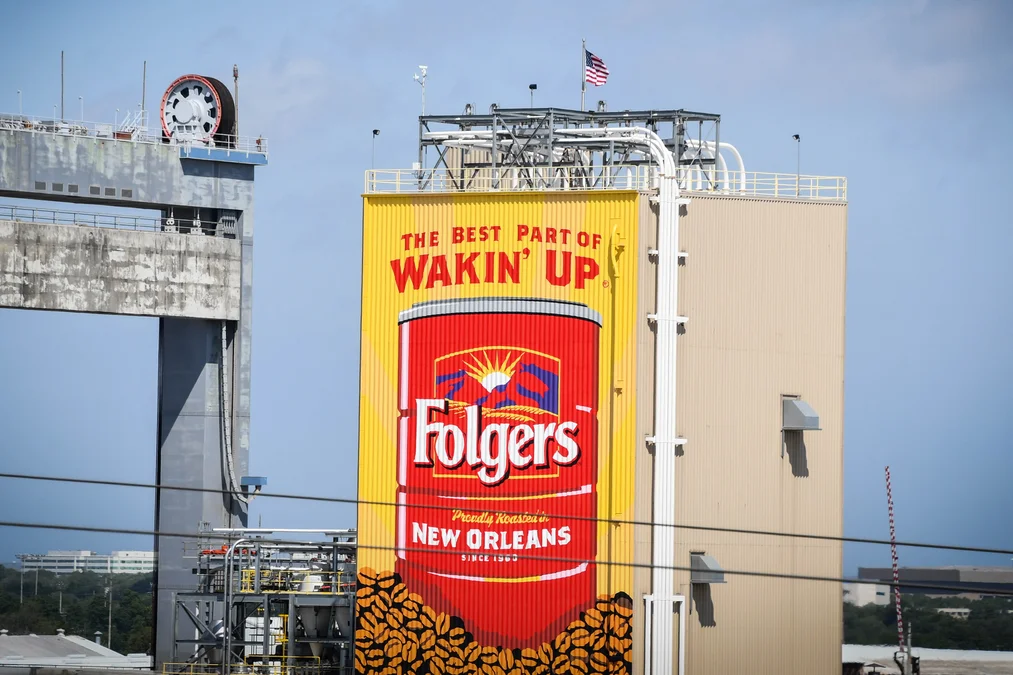
Coffee commercials in the ’70s often portrayed women as bad wives if they didn’t serve a perfect cup. One infamous Folgers spot showed a husband complaining bitterly about his wife’s weak coffee, as if that reflected on her worth. He only softens once she switches to Folgers.
This kind of ad would be banned today for blatant sexism. It reinforced outdated gender roles and demeaned women for not living up to household expectations. Modern audiences would find it insulting and tone-deaf. It’s one of those cases where the product is remembered less than the cringe-worthy storyline.
6. Kool-Aid Man and Sugar-Loaded Advertising
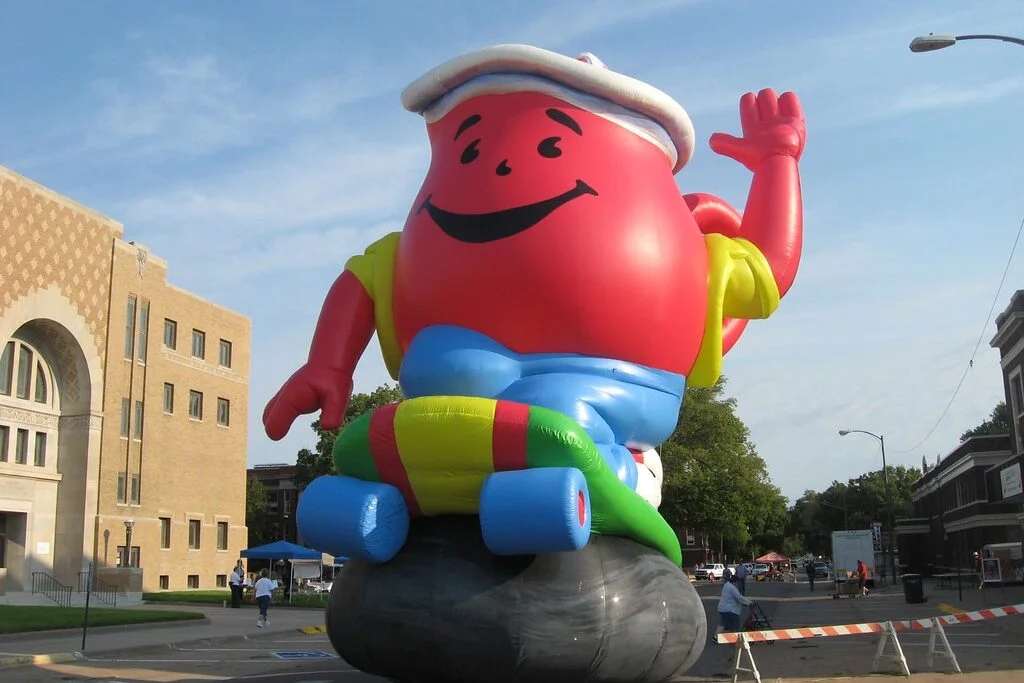
The Kool-Aid Man bursting through walls shouting “Oh Yeah!” became a pop culture staple in the ’70s. But the way the brand targeted kids with ultra-sugary drinks would not fly today. These commercials pushed sugar in massive amounts without a single mention of health concerns.
Advertising regulations for children have gotten much stricter, especially around unhealthy foods and beverages. The idea of a giant cartoon character crashing into a kid’s home to hype sugar water would be considered predatory today. It was fun at the time, but it also set the stage for debates about childhood nutrition.
7. Calgon “Ancient Chinese Secret”
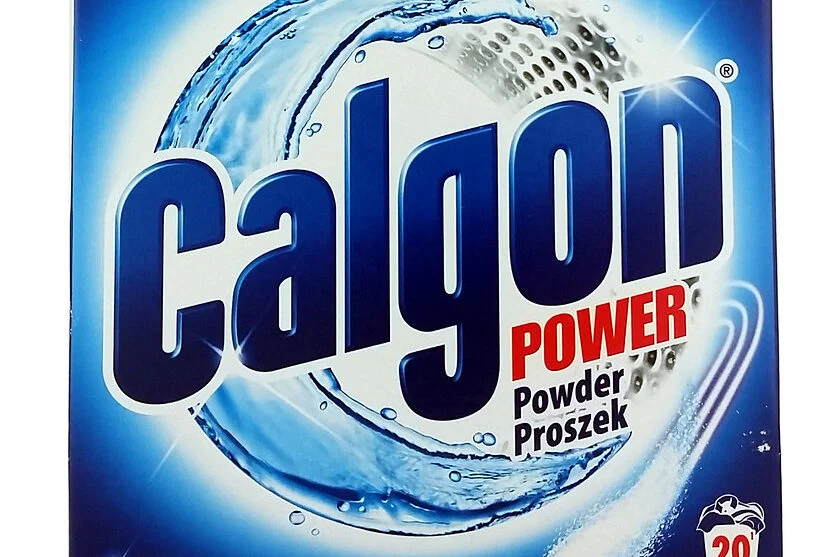
The Calgon laundry detergent ad featuring a Chinese laundry owner saying, “Ancient Chinese secret, huh?” became famous in the ’70s. Unfortunately, it relied heavily on racial stereotypes to sell soap. The ad played for laughs but ended up mocking Chinese culture in the process.
Today, this commercial would be immediately pulled for its offensive portrayal. It shows how casual racism was baked into advertising back then without much thought. Audiences today are far more aware of representation, and this ad stands out as one of the worst offenders.
8. Listerine “Halitosis” Fear Ads
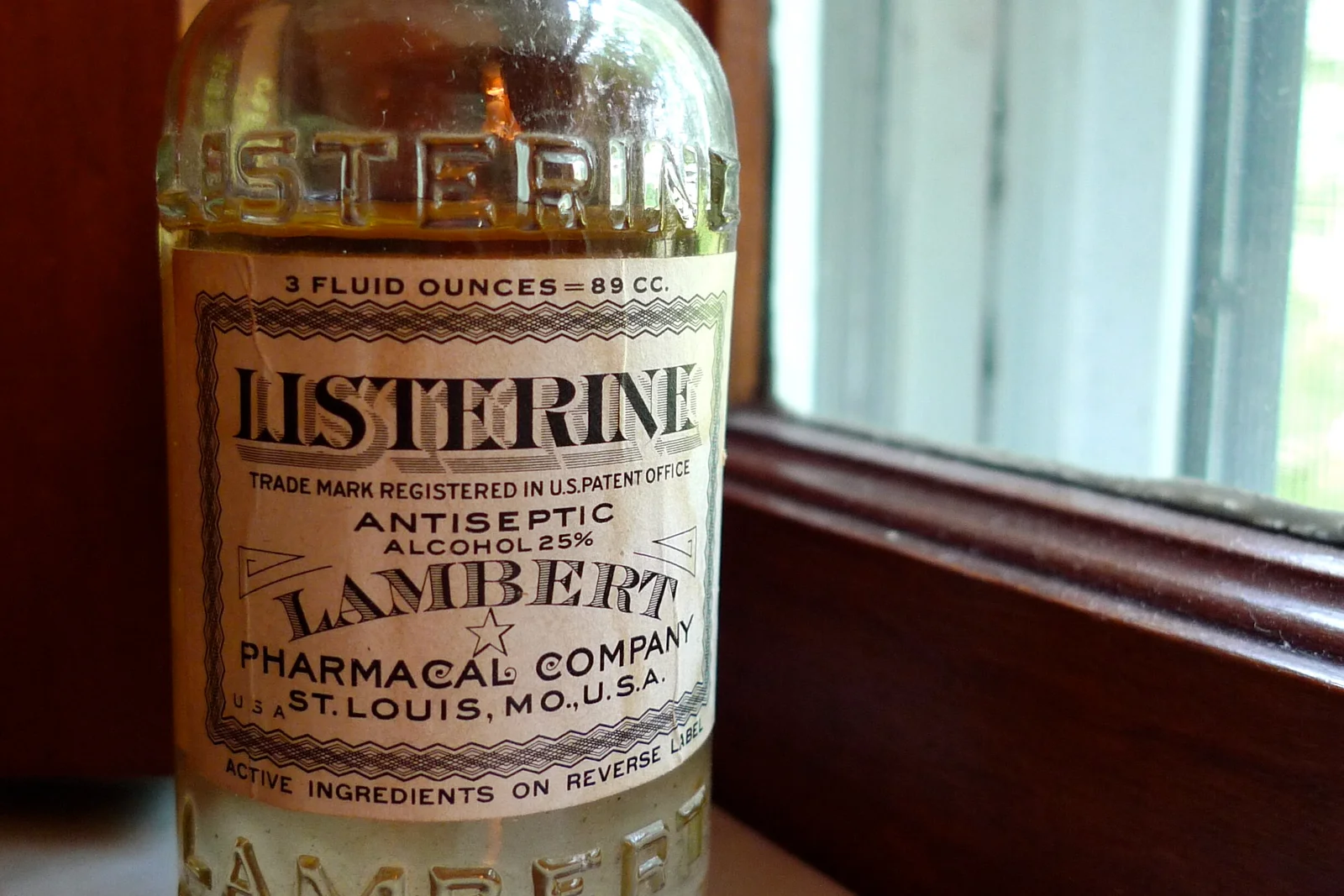
Listerine leaned heavily into scare tactics in the ’70s, warning that bad breath could ruin your chances at romance or success. Some of their ads basically said you’d end up alone if you didn’t use their mouthwash. It was emotional manipulation at its finest, playing on people’s insecurities.
While fear-based marketing still exists, the way Listerine pushed it then would not be allowed now. Suggesting personal failure as a consequence for not buying a product crosses ethical lines. Regulations today call out this kind of psychological pressure, especially when it targets self-esteem.
9. Ajax “White Knight” Commercials
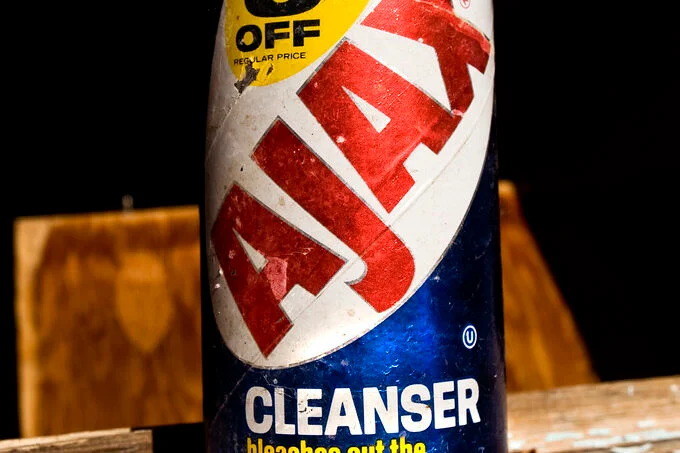
Ajax detergent had a long-running series of ads featuring a “White Knight” who magically cleaned clothes. While it might have seemed harmless at first, the imagery is problematic now. It suggested purity, cleanliness, and goodness all tied to whiteness.
In a modern context, that kind of symbolism would not fly. It reinforces racial stereotypes even if it wasn’t meant to at the time. Brands today are held accountable for these kinds of messages, and Ajax’s knight would not survive current advertising standards.
10. Flintstones Cigarette Commercials (Still Aired into the ’70s)

It’s hard to imagine now, but some reruns of The Flintstones in the early ’70s still included cigarette sponsorships. Fred and Barney were shown smoking Winston cigarettes, cracking jokes while puffing away. It was aimed at adults, but kids were definitely watching.
By today’s standards, this is beyond unthinkable. Cartoon characters promoting cigarettes would be banned instantly. It shows how blurred the lines were in that era when it came to targeting audiences. It’s one of the strangest chapters in advertising history.
11. Shake ’n Bake “Mom and Daughter” Ads
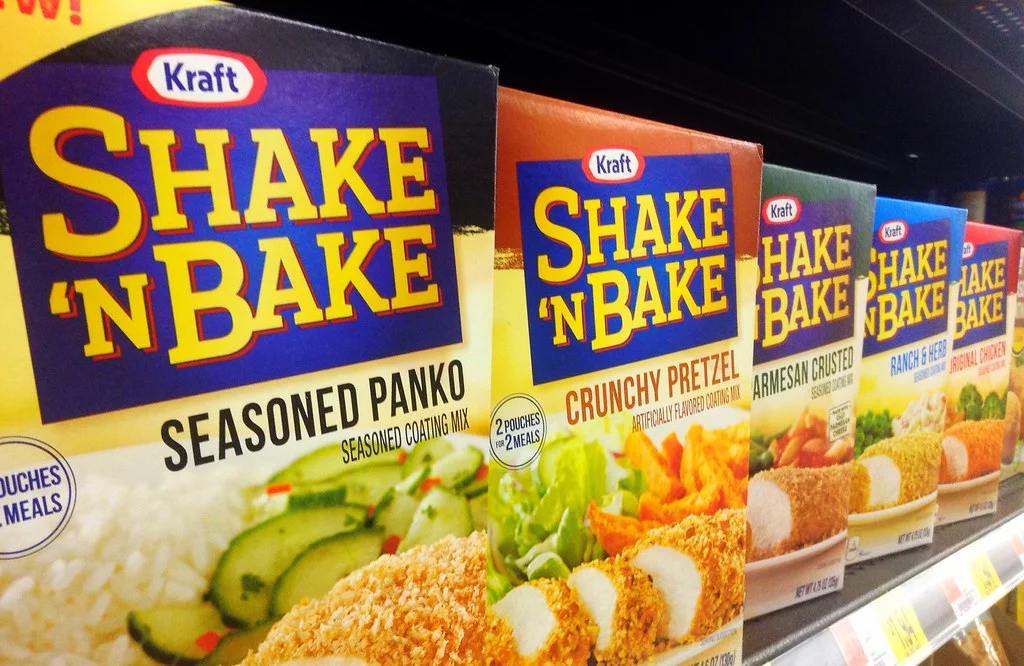
Shake ’n Bake commercials in the ’70s often featured little girls proudly saying, “And I helped!” after assisting their moms with cooking. On the surface, it was sweet, but the ads reinforced the idea that cooking was solely women’s work. Men were completely absent from the kitchen narrative.
This type of gendered advertising would not hold up today. While harmless-seeming, it limited roles for girls and reinforced stereotypes. In modern commercials, you’re far more likely to see dads cooking or whole families working together. The old Shake ’n Bake spots feel outdated now.
12. Jell-O Pudding Ads with Bill Cosby
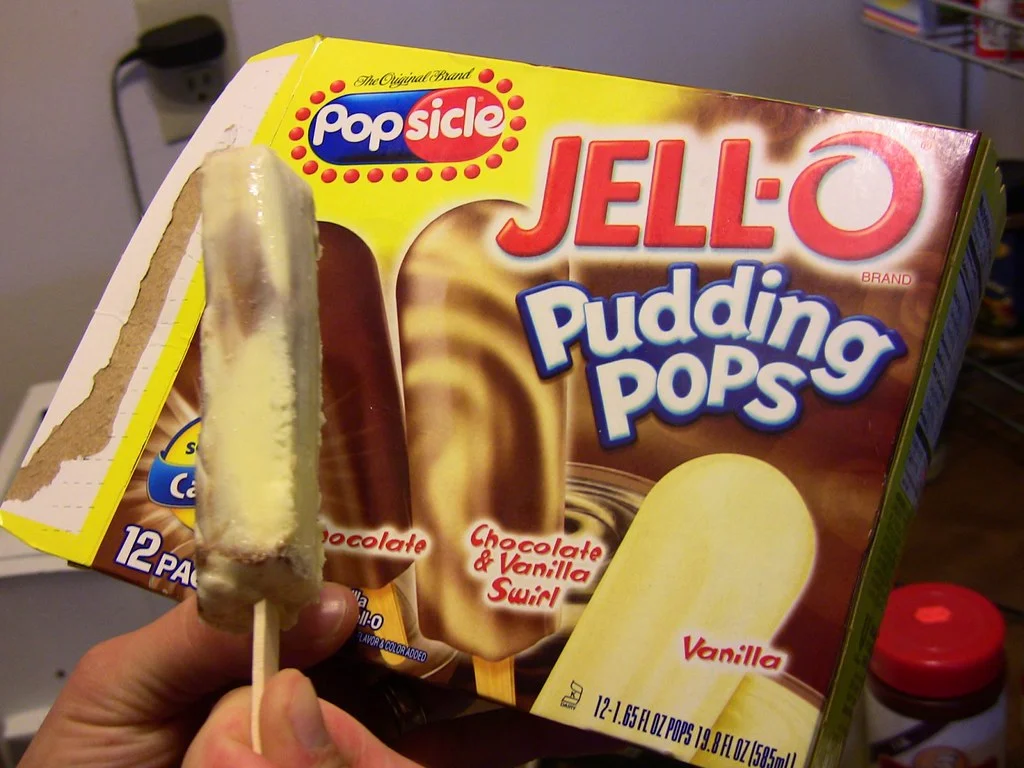
In the ’70s, Bill Cosby became the face of Jell-O pudding, with commercials showing him as a wholesome father figure sharing treats with kids. At the time, these ads seemed safe and family-friendly. But given everything that’s come out since, those commercials look very different today.
Even setting Cosby aside, the ads leaned hard on sugar-heavy snacks for kids, with no consideration of nutrition. Combined with the now-tainted legacy of their spokesperson, these commercials would be pulled immediately today. It’s an example of how both cultural change and hindsight can completely reshape how we view advertising history.


